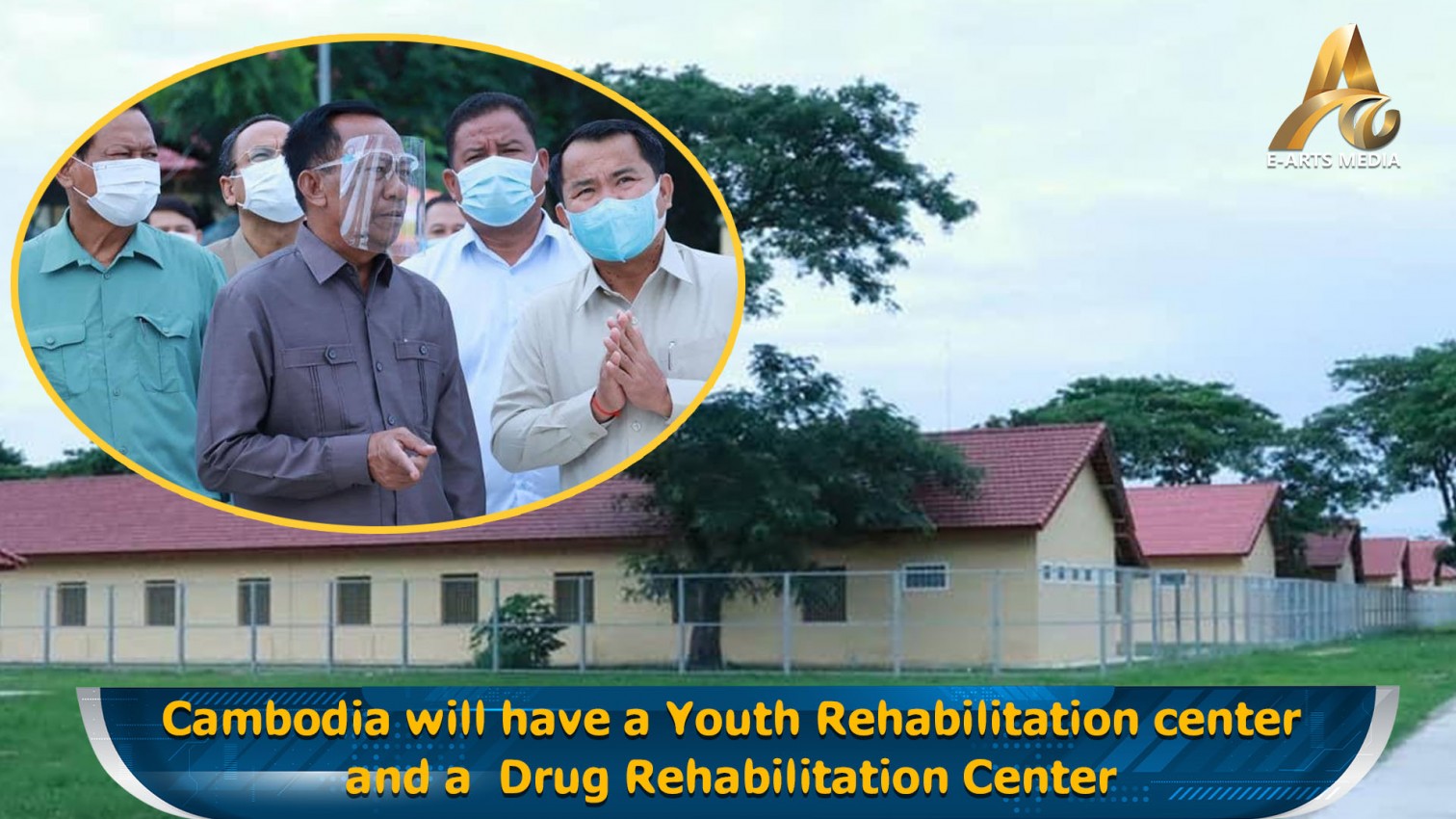PHNOM PENH, September 17, 2024 — Dr. Nou Chanly, Technical Director of the National Center for Tuberculosis and Hepatitis Control (CENAT), announced that Cambodia has maintained a tuberculosis (TB) cure rate of over 90% for the past 24 years. In 2023, the national TB control program achieved a 96% success rate, surpassing the annual target of 90%, marking Cambodia’s significant progress in leaving behind its status as one of the highest TB burden countries in the world.
This announcement was made during a roundtable discussion titled "Raising Awareness of TB and Promoting the Participation of Journalists in Cambodia," held at the Puluvai Hotel in Phnom Penh. The event, hosted by the Club of Cambodian Journalists (CJC) in collaboration with KHANA Cambodia on September 16, 2024, aimed to highlight the ongoing fight against TB in Cambodia.
Despite these successes, Dr. Chanly emphasized that there is still much work to be done, especially in contributing to Cambodia's goal of eliminating TB by 2030, in line with the Sustainable Development Goals.
The event brought together experts from the National Center for Tuberculosis and Hepatitis Control, KHANA Cambodia, and around 68 journalists from 53 national and international institutions. The aim was to provide a deeper understanding of the challenges and consequences of TB, both in Cambodia and globally, while encouraging journalists to play a key role in spreading awareness about the disease and supporting efforts to end TB by 2030.
Dr. Chanly highlighted the significant reduction in TB-related deaths in Cambodia, with the rate dropping from 42 deaths per 100,000 people in 2000 to 23 deaths per 100,000 in 2022—a decline of 45%. Similarly, the incidence rate of TB dropped from 579 cases per 100,000 people in 2000 to 320 cases per 100,000 in 2022, representing a 45% reduction.
Dr. Huot Chanyuda, Director of CENAT, emphasized that TB is an infectious disease caused by the Mycobacterium tuberculosis bacteria (MTB), not a hereditary condition. The disease primarily affects the lungs and is preventable and treatable. He stressed the importance of avoiding self-discrimination and seeking treatment for TB, which is freely available in Cambodia.
Chuob Sok Chamroeun, Executive Director of KHANA, reinforced the importance of accessing free TB treatment to prevent its spread to family members and the broader community.
Under Cambodia’s National Strategic Plan to End Tuberculosis 2021-2030, the country aims to achieve zero deaths, illness, and suffering caused by TB, contributing to its national development goals of achieving a healthy population and boosting economic productivity. By 2030, Cambodia aims to reduce TB incidence by 80% and the mortality rate by 90% compared to 2015 levels, in its quest to become a high-middle-income country.


























